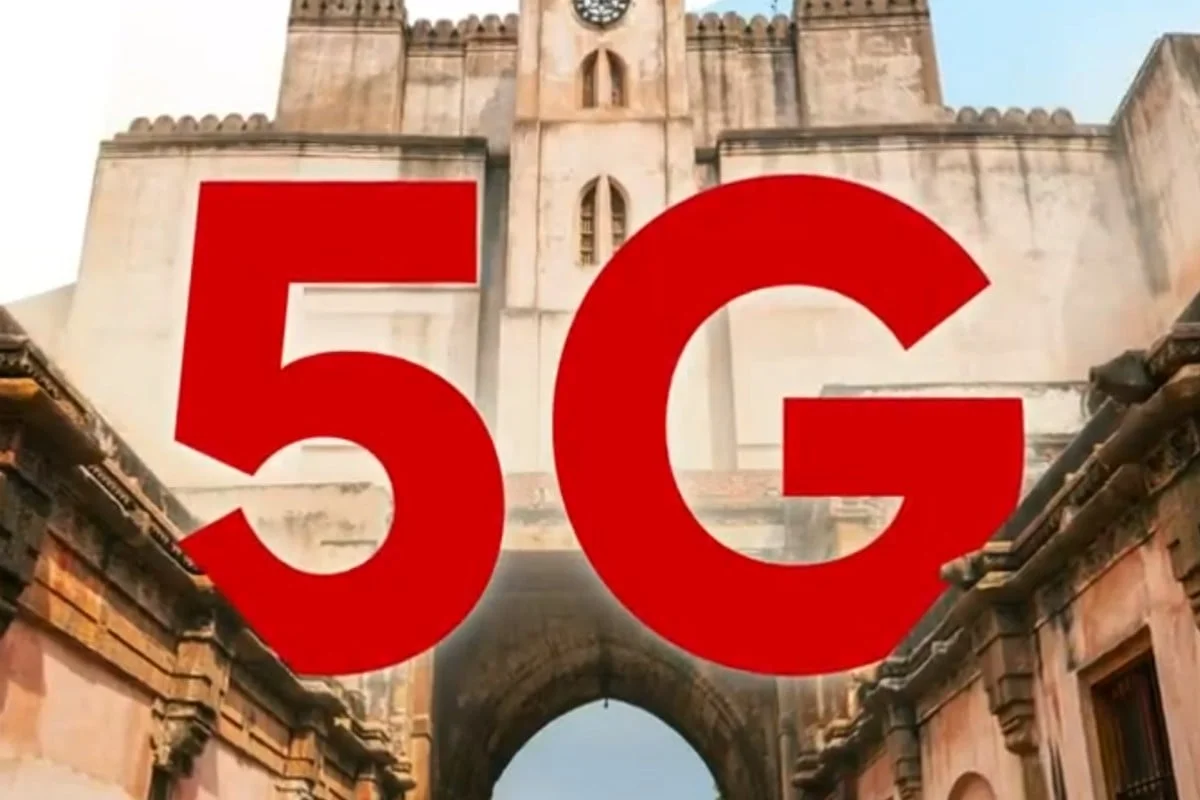
5G is a mobile network at the end of the day. If you rely on it for your work-from-home needs or entertainment needs, it can work out in some scenarios. But for many, it would not be a great experience. This is because the telcos are still working to expand the coverage. One of the downsides of being connected to a 5G network today is that it takes a lot of my phone's battery, and then it also keeps on switching between 4G and 5G, which deteriorates the experience. In many places of my house, even when I get 5G, I only get 4G speeds. As I said, 5G could work out for some people who are living in good coverage areas, but for many, it won't.
Another big limitation of 5G is that its upload speeds are still too slow. For example, if I am getting a 400 Mbps downlink on 5G, the uplink would be anywhere around 20 to 30 Mbps, which is not good for creators who are uploading videos to platforms such as YouTube. This is because it would take them an eternity to upload a video on YouTube with 5G.
Read More - Indian Govt Won’t Allow Airtel and Jio Duopoly Ever
Fiber broadband connections are perfect for people who are working from their homes. 5G is only decent for creators who are on the move. But if you are at home or at the office, then the way your fiber broadband connection would power connectivity for your multiple devices is phenomenal if you have at least a 100 Mbps plan.
It would be interesting to see how 5G networks evolve in the coming years. Maybe two years down the line, when 5G would be everywhere and telcos would have gotten some time to optimise the networks, we could see better performance. But by then, more users would start using 5G, and that is why the capacity would be distributed so the speeds that you get today could go down.
Also, because 5G is free today, consuming 5G data is not an issue for people. But when the telcos start charging for it, the way consumers look at the next-gen mobile network technology will change.















